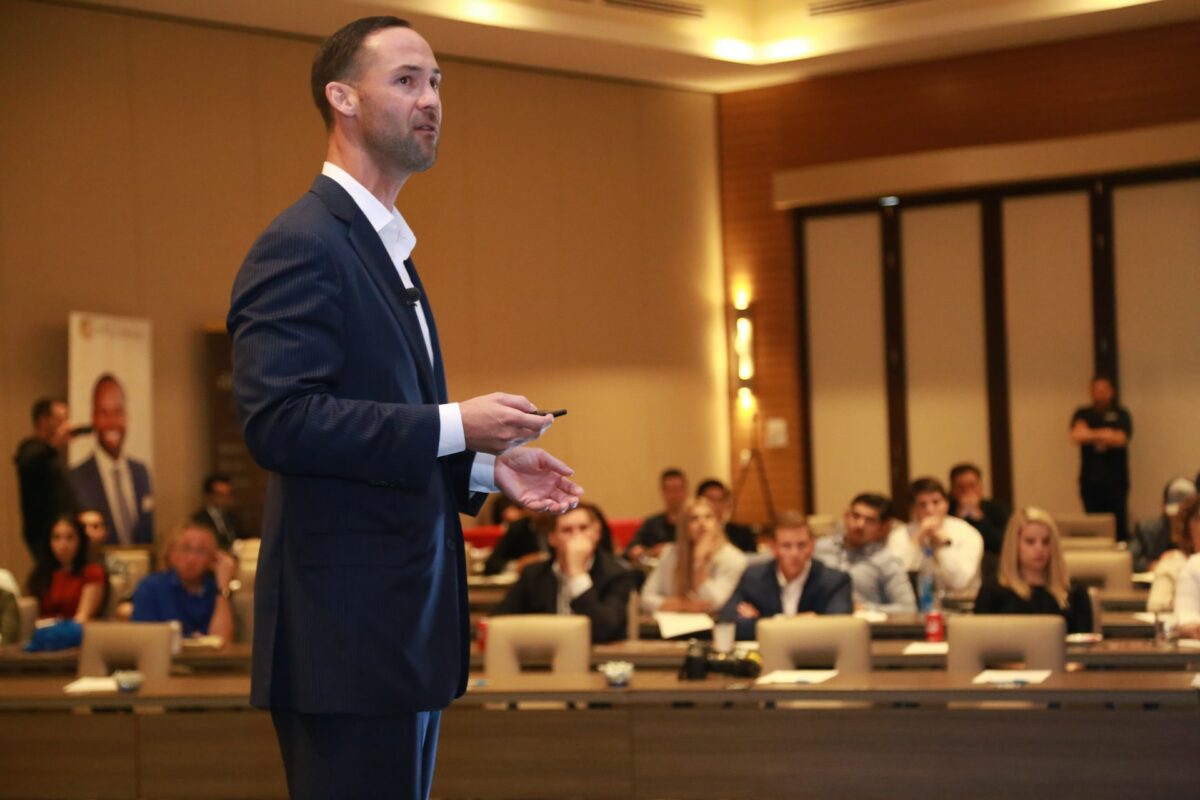Marketing’s age of accountability began in the early-90s. Prior to this, marketing activities were widely seen as a cost and marketers were regarded as ‘fluffy’.
These marketers espoused the idea that marketing was an art and an inherently creative endeavor. All a marketer needed to succeed was gut instinct, an extensive vocabulary and an unburdened imagination. They certainly did not need a qualification in marketing, because, hey, marketing is instinct.
With the age of accountability came a focus on metrics, measurement and evaluation. Leading marketers were told that if you cannot measure, you cannot manage, and they set about creating a more systematic and strategic approach.
It became relatively easy to identify whether a company had evolved or not. One classic means of identification was how a company approached its advertising planning. Marketers used to approach their advertising agency with a bundle of strategic goals – none of them derived from research – and then set about directing the agency to create an ad that they (rather than their target) perceived to be acceptable. Consequently, the first time a marketing manager found that their ad budget had been wasted was after it had been invested – sorry, spent.
Evolved marketers use their own research to brief their agency and then review its creative output using the voice of the customer. They do this through pre-testing. Pre-testing is a century-old tradition of taking a fraction of the total ad budget to test whether a campaign will actually work in its present form before that campaign is completed and aired.
In the US, pre-testing has effectively been the norm for decades. In the UK, it remains a contentious and much misunderstood activity.
Research on copy-testing from Tim Ambler and Scott Goldstein published by the World Advertising Research Center offers deeper understanding. Based on interviews with account planners and client-side marketing directors, it provides an overview of the copy-testing debate and new metrics on the state of the industry.
The study found 60% of marketing directors interviewed were using some form of quantitative copy-testing. Most tested animatics or roughs rather than finished films. The most widely reported reason for copy-testing was fine-tuning. Many clients have established key measures that an ad must pass. The other common justification for copy-testing was to help with the decision whether to commit to a particular campaign or not.
It’s about this point that the prehistoric marketers start banging their clubs. Usually, the classic unevolved marketing response to pre-testing is to cite all the marvelous ad campaigns that were created without formal pre-testing of any kind. Absolutely true. But let’s not forget the billions spent on poorly conceived or executed ads – a waste that could have been prevented with the early warning system that copy-testing provides. Ultimately, Ambler and Goldstein’s work provides ample evidence that copy-testing is alive and well and being applied by evolved marketers.
The Blake Project Can Help: Accelerate Brand Growth Through Powerful Emotional Connections
Branding Strategy Insider is a service of The Blake Project: A strategic brand consultancy specializing in Brand Research, Brand Strategy, Brand Licensing and Brand Education




